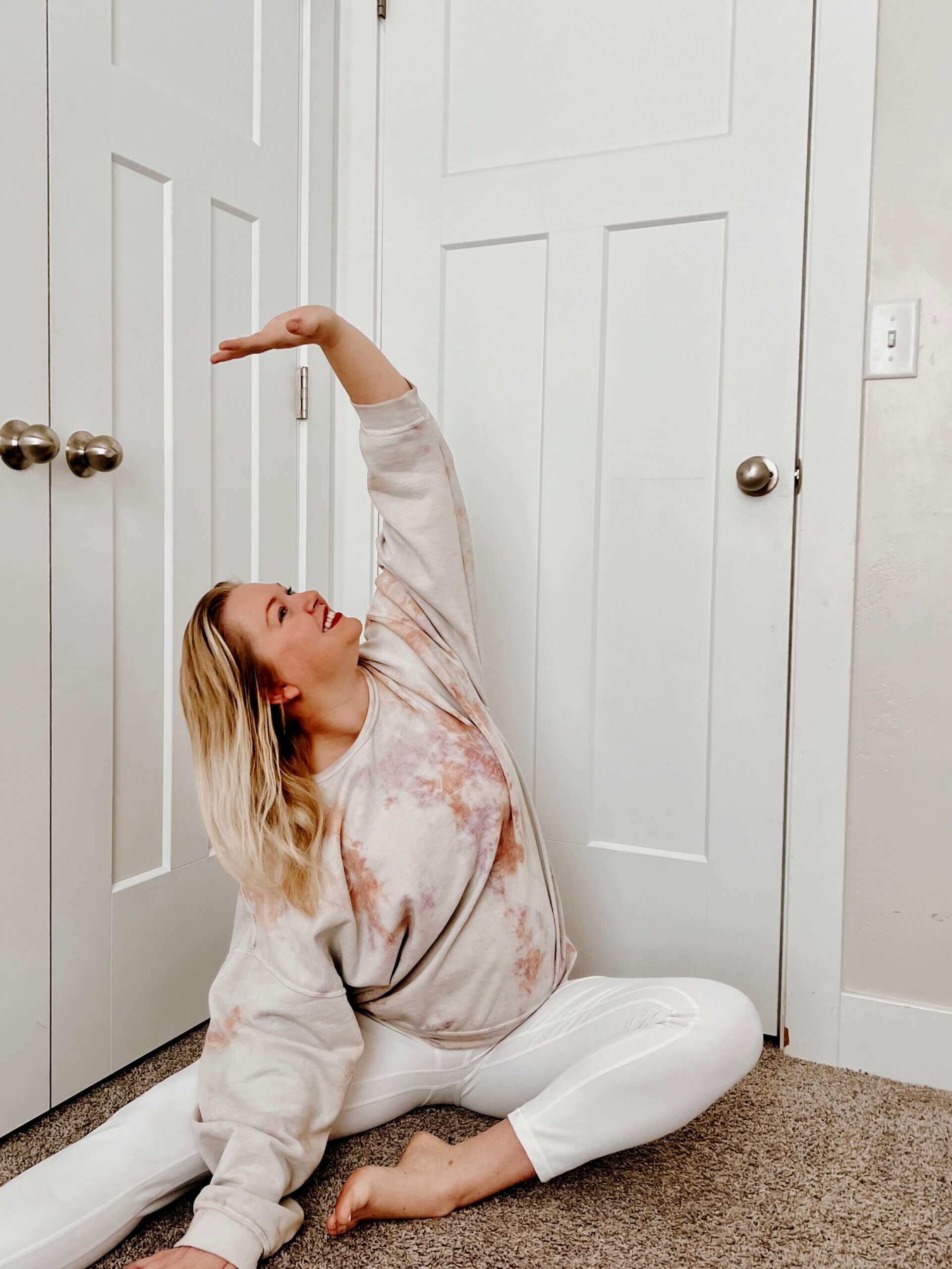
As a yoga instructor, you guide others to physical and spiritual well-being. Yet, focusing on your practice and self-care is equally important to prevent burnout. This blog post explores how to successfully balance teaching and practicing yoga, with strategies ranging from boundary-setting to mindful reflection. Read on to learn how to maintain your passion and enhance your teachings, all while cultivating a rich, personal practice.
Understanding the Importance of Personal Practice
Think of your practice as a continuous learning laboratory – where you can experiment with various poses, refine your skills, and delve deeper into yoga philosophy. This constant learning and evolution fuels your personal growth.
When deeply rooted in your practice, you embody the essence of yoga, and this authenticity naturally shines through in your teachings.
So, remember that as you navigate your journey as a yoga teacher, never underestimate the power of your practice. So, as you journey forward – your practice isn’t just a self-serving pursuit but a cornerstone of your effectiveness and authenticity as a yoga teacher.
Setting Boundaries to Protect Your Personal Practice Time
Neglecting your practice does not serve you or your students. One of the keys to preserving your yoga time is to establish boundaries. This means carving out dedicated time for your practice and communicating this clearly to those around you.
Setting this boundary is about asserting your personal space – fostering a commitment to your personal growth and well-being.
So, consider this your official permission slip to safeguard your yoga time. Whether early in the morning before the world awakens or in the evening when the responsibilities have been put to bed. Let your students, family, and friends know this time is non-negotiable.
Respecting these boundaries will allow you to dive deep into your practice with focus and presence. This uninterrupted time is where you find your center, rejuvenate your spirit, and fuel your passion for teaching. Thus, protecting your personal practice time through boundary setting is integral to harmonizing the demands of teaching and maintaining your yoga journey.
Integrating Self-Care Rituals into Your Routine
Beyond the realm of yoga mats and serene studios, self-care rituals are fundamental in fortifying your role as a yoga instructor. This transcends the cliché of indulgent bubble baths and extravagant spa days. Instead, self-care is about nurturing your holistic health.
Think of starting your day with a calming meditation session, setting a tone of tranquility for the day ahead. Consider the food you consume. Embracing these self-care rituals is not an act of self-indulgence but rather a testament to your commitment to your well-being. This not only bolsters your strength but also radiates through your teachings. When energized and centered – you can lead your students with greater resilience, patience, and understanding.
Incorporating these self-care habits into your everyday routine might seem challenging initially. You might start with a five-minute meditation each morning, gradually increasing the duration. Or, perhaps, switch one meal a day to a more nourishing, wholesome option.
Each step you take towards self-care is a step towards a more balanced, fulfilling journey as a yoga teacher. So, let self-care not be an afterthought but an integral part of your daily rhythm, enriching your practice and enhancing your teaching journey.
Staying Inspired to Maintain Your Enthusiasm
Maintaining your drive as a yoga teacher can sometimes be challenging. However, you can keep your flame lit and continuously bring fresh energy to your teachings. A dynamic way to do this is to seek out inspiration. Attend workshops to learn new techniques and strategies. Explore classes, opening your mind to different teaching styles and philosophies. Dive into yoga-centric literature, feeding your curiosity and deepening your knowledge about this ancient practice.
Trying new yoga styles is another exciting way to rekindle your enthusiasm. Why not try a Kundalini class? Venturing out of your comfort zone can reinvigorate your passion, bringing a renewed sense of joy and excitement to your practice.
Remember, every piece of inspiration you gather enlivens your teaching. The more inspired you are, the more energizing and captivating your classes become. Your students will pick up on your renewed energy and passion, making their yoga experience more profound and satisfying. So, keep your curiosity alive, continue to explore, learn, and grow. The world of yoga is vast and enriching—stay inspired to continually nourish your enthusiasm, breathe new life into your teachings, and deepen your connection with your students.

Utilizing Time Management Strategies for Efficient Planning
In the dynamic dance of being a yoga instructor, choreographing your time effectively is a skill that cannot be overlooked. Imagine your week as a blank canvas, where each task—teaching, personal practice, preparation, or rest—forms a distinctive brush stroke that contributes to the final masterpiece. The beauty lies not in overcrowding the canvas with hurried, overlapping strokes but in carefully placing each stroke, ensuring it gets the space and attention it deserves.
Turn to the digital world for assistance and leverage the power of time management apps and planners. These digital tools are your backstage crew, helping you keep track of your tasks, allot time effectively, and ensure that no responsibilities are forgotten amidst the hustle and bustle.
Ensure your teaching slots are well-spaced throughout the week to prevent feeling overwhelmed. Similarly, pencil in dedicated hours for your practice, echoing the importance of safeguarding this precious time, as discussed in previous sections. Additionally, set aside time for class preparation—this allows you to enter each class prepared, confident, and calm. Rest is not a luxury but a necessity for rejuvenation and well-being.
Remember, time management is about assigning appropriate time for each task, ensuring everything gets done without compromising quality or causing undue stress. A well-orchestrated schedule helps you dance through your week with grace and balance, ensuring you give your best to your students and yourself.
Cultivating Mindfulness for Better Balance
At its core, mindfulness is about being fully immersed in the present and appreciating it without casting judgment. When teaching a class, channel all your energy into connecting with your students and delivering an impactful session.
This shift from multitasking to single-tasking can significantly reduce the risk of burnout. It empowers you to fully engage with each task at hand, fostering a sense of satisfaction and fulfillment. Practicing mindfulness, you are essentially practicing yoga off the mat – living in alignment with the core yogic principles of presence and awareness.
Beyond that, mindfulness can transform ordinary moments into opportunities for self-care and rejuvenation. Those few quiet minutes sipping a cup of tea can become a mindful pause to recharge and reconnect with yourself.
In essence, the practice of mindfulness can be an incredibly potent tool in your journey as a yoga teacher. By consciously directing your focus, you can navigate the different facets of your role more efficiently and with greater joy. So, step into the power of mindfulness and embrace the equilibrium it brings to your teaching and personal practice.
